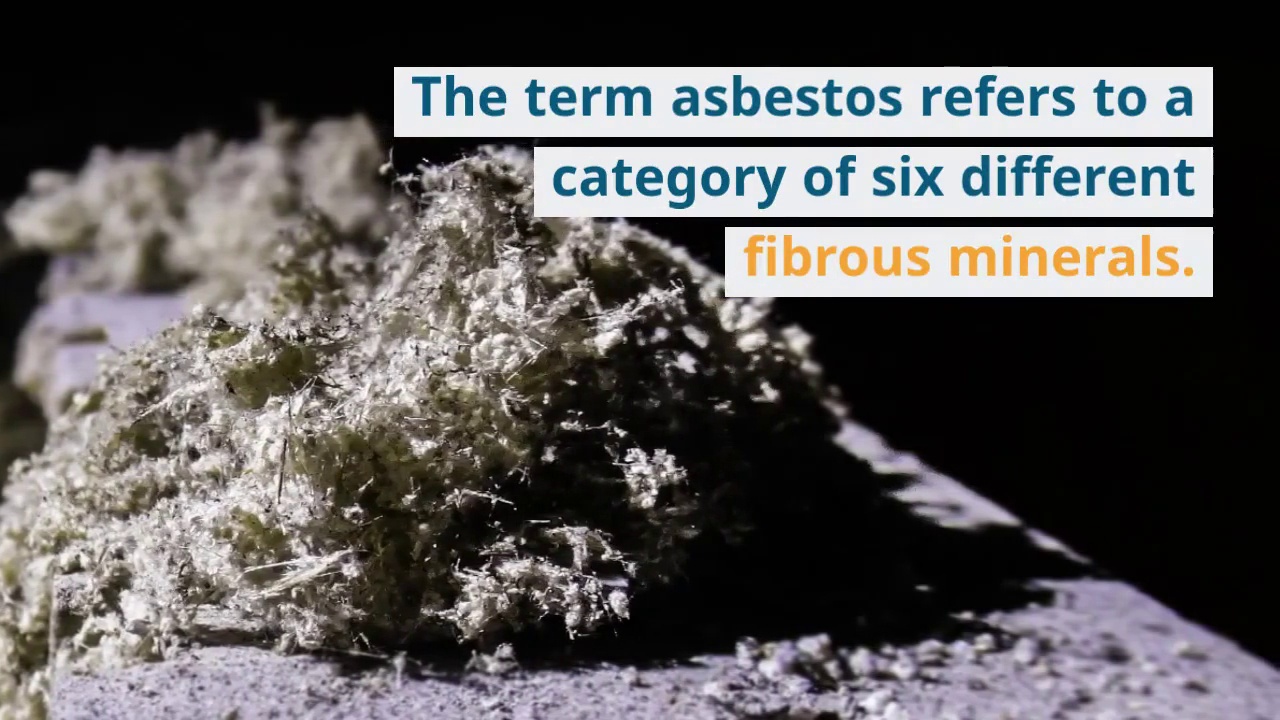We have all heard about the dangers of asbestos exposure and the devastating health consequences it can cause. Unfortunately, this toxic mineral has a long and deadly history, particularly within the U.S. Navy. For decades, Navy ships were built with asbestos-containing materials, and countless Navy veterans were exposed to this harmful substance, leading to serious health issues.
In this article, we will explore the deadly legacy of asbestos in the Navy and the impact it has had on the health of Navy veterans. We will also discuss the steps that the Navy has taken to address this issue, as well as the resources available for veterans who have been impacted by asbestos exposure.
The Dangers of Asbestos Exposure
Asbestos is a naturally occurring mineral that was once widely used in construction and shipbuilding due to its heat resistance and durability. However, we now know that prolonged exposure to asbestos can lead to serious health issues, including mesothelioma, lung cancer, and asbestosis.
When asbestos-containing materials are disturbed, tiny fibers are released into the air, and if inhaled, these fibers can become lodged in the lungs and other organs, causing long-term damage. Unfortunately, many Navy veterans were exposed to asbestos during their service, either through direct contact with asbestos-containing materials or by inhaling asbestos fibers that were released into the air during ship repairs and maintenance.
The Legacy of Asbestos in the Navy
From the 1930s to the 1970s, asbestos was commonly used in the construction of Navy ships. Asbestos-containing materials were used in a wide range of applications, including insulation, fireproofing, and electrical wiring. Many Navy veterans worked in close proximity to these materials, which put them at risk of exposure to asbestos fibers.
Even after the dangers of asbestos exposure became widely known, it took several decades for the Navy to begin phasing out the use of asbestos in its ships. As a result, many Navy veterans were exposed to this toxic substance during their service, and the long-term health consequences have been devastating.
The Impact on Navy Veterans
Navy veterans who were exposed to asbestos during their service are at risk of developing a range of serious health issues, including mesothelioma, lung cancer, and asbestosis. These conditions can take years or even decades to develop, and unfortunately, there is currently no cure for them.
Mesothelioma is a particularly aggressive form of cancer that affects the lining of the lungs, heart, or abdomen. It is caused by exposure to asbestos, and it has a very poor prognosis. Navy veterans who worked in shipyards or served aboard Navy ships before the 1980s are at a higher risk of developing mesothelioma.
Lung cancer is another potential consequence of asbestos exposure. It is estimated that up to 15% of all lung cancer deaths in the United States are caused by asbestos exposure. Asbestosis, a chronic lung disease that causes scarring of the lung tissue, is also a potential consequence of asbestos exposure.
The Navy’s Response
The Navy has taken steps to address the legacy of asbestos exposure among Navy veterans. In 1975, the Navy established regulations to limit the use of asbestos in Navy ships, and in 1980, it began a program to remove asbestos from older ships. However, for many Navy veterans, these measures came too late, and they have been left to deal with the devastating health consequences of asbestos exposure.
Today, the Navy provides resources and support for veterans who have been impacted by asbestos exposure. The Department of Veterans Affairs offers disability compensation for veterans who have been diagnosed with asbestos-related illnesses, as well as free health care for those who qualify.




